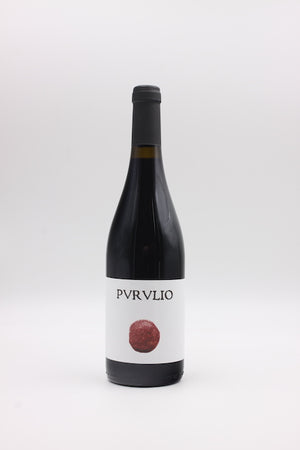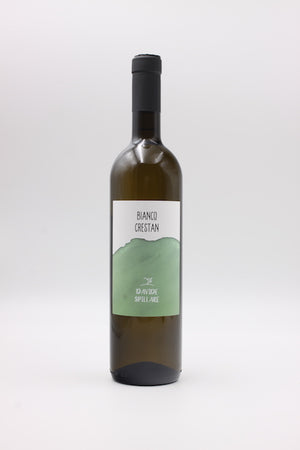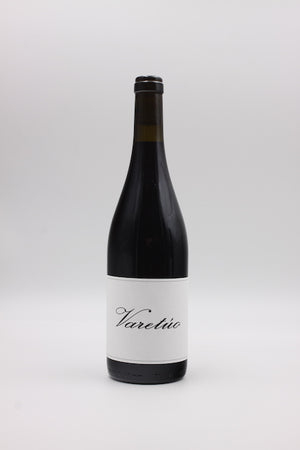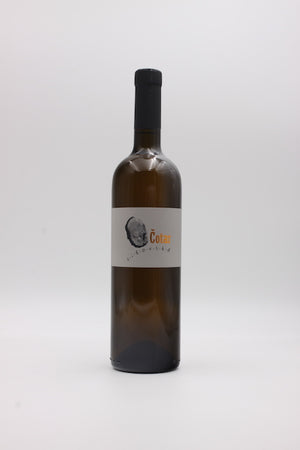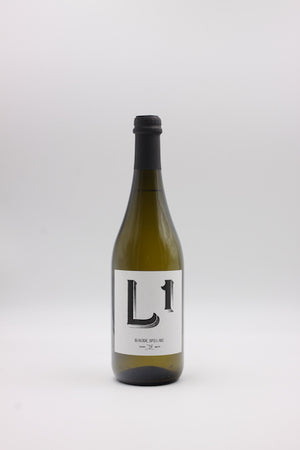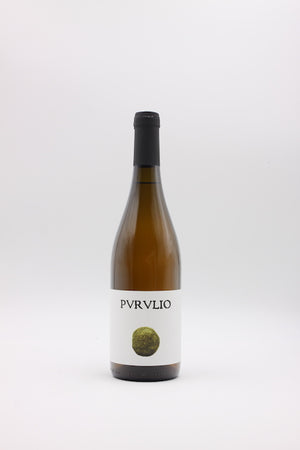- Home
- Wines without added Sulpites
- Testalonga: Rossese di Dolceacqua 2022


Testalonga: Rossese di Dolceacqua 2022
- €38,90
Rossese is sensitive, delicate, and subtle.
Its color is as transparent as contact lenses and lighter than blood. After a few years, it shifts to a rust-colored orange. It ages moderately, oxidizes easily, and requires attention. It’s understandable, then, that there are only about 80 hectares of Rossese in total. What’s remarkable, however, is that from this small quantity, one of Italy’s best red wines is produced—something that requires some explanation.
Although it’s not easy to pinpoint exactly why Antonio Perrino’s Rossese di Dolceacqua opens new worlds, he probably knows best—though he’s not particularly talkative about it. So, let’s make a few assumptions and hope that some of them hit the mark. First and foremost, there is the winemaker himself. With the 2025 harvest marking his 64th, one can safely assume that he knows what he’s doing. Trends and fashions don’t interest him; he simply does what he believes is right and what tastes good to him. With just over two hectares of vines, he does everything by hand. His vineyard is steep, growing on a rock he calls sgruttu, which geologists refer to as flysch. The proximity to both the sea and the mountains, as well as the thermic effects of both, surely contribute to the wine’s elegance. In the cellar, which is really his garage, the wine is allowed to develop at its own pace. Fermentation is spontaneous, and aging takes place in small, used oak barrels, without filtration or added sulfur.
Style
Transparent and light, the wine seems to be draped under a red veil. Wild strawberries, roses, thyme, and salt provide initial aromas and flavors, while pepper and Mediterranean herbs complement them. The tannins are velvety and soft, with a pulse of acidity that never pushes to the forefront. The texture is smooth yet dignified, and the body is elegant. The flow of drinking combines with substance and depth, and the finish is herbaceous and long-lasting.
Data Sheet
Grape Variety: 100% Rossese
Plant Protection: Sulfur, copper, and plant- or animal-based preparations, not certified
Vineyard: Steep single vineyard above Dolceacqua, close to the sea and almost in the mountains, influenced by both. Sandy, weathered soils, flysch. Old vines (50+ years). Training system: Alberello
Harvest: By hand in 25 kg baskets
Fermentation: Spontaneous | wild yeasts, no temperature control
Aging: 18-day maceration, 18 months in used oak barrels
Filtration: None
SO₂: Unsulfured
Alcohol Content: 13.5% vol
Closure: Natural cork
Drinking Temperature: 14-16°C
Optimal Drinking Window: From now – 2032
Volume and Price per Liter: 0.75 l (€48.62/l)
Philosophy: All winemakers listed at Vinonudo work with compost, organic fertilizers, and natural preparations in their vineyards, avoiding the use of herbicides, pesticides, and synthetic fertilizers.
Newsletter
Who knows more, tastes more. Once a week there is news about our wines, winegrowers and events.
© 2025 vinonudo | Shopify Theme by Mile High Themes | Powered by Shopify

